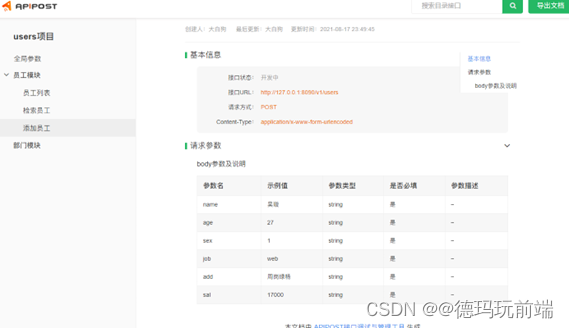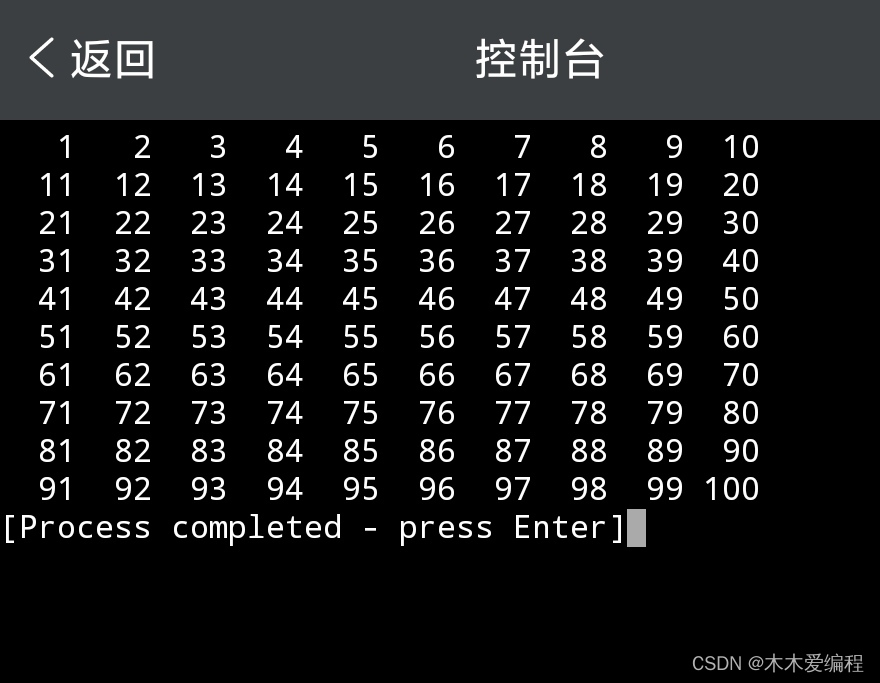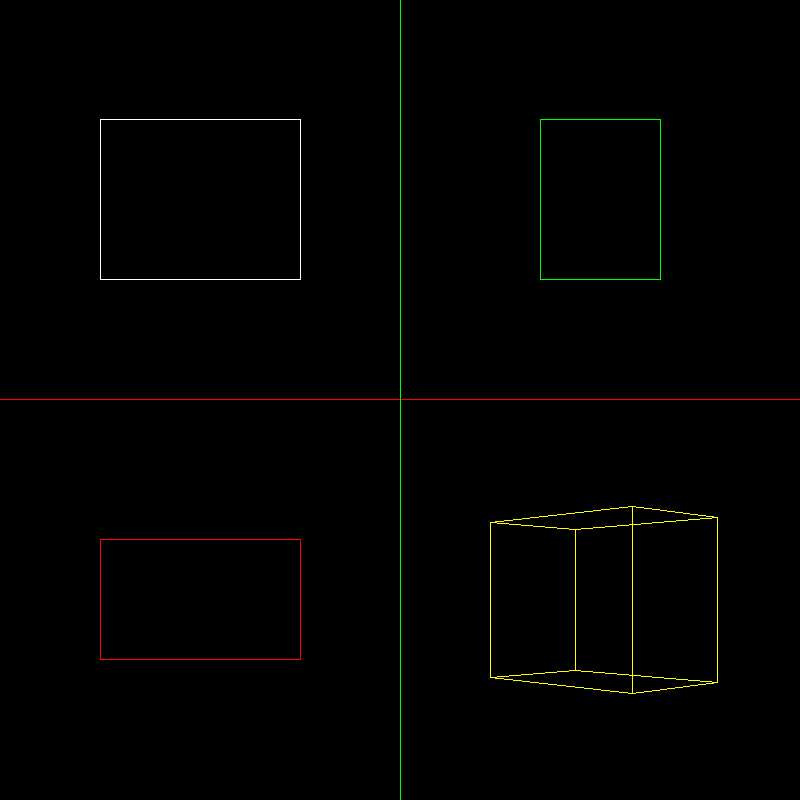文章目录
- 1.问题描述
- 2.难度等级
- 3.热门指数
- 4.解题思路
- 方法一:深度优先搜索
- Golang
- C++
- 方法二:广度优先搜索
- Golang
- C++
- 参考文献
1.问题描述
给定一个二叉树 root ,返回其最大深度。
叉树的「最大深度」是指从根节点到最远叶子节点的最长路径上的节点数。
示例 1:

输入:root = [3,9,20,null,null,15,7]
输出:3
示例 2:
输入:root = [1,null,2]
输出:2
提示:
树中节点的数量在 [0, 104] 区间内。
-100 <= Node.val <= 100
2.难度等级
Easy。
3.热门指数
★★★★★
出题公司:阿里、腾讯、字节。
4.解题思路
方法一:深度优先搜索
如果我们知道了左子树和右子树的最大深度 l 和 r,那么该二叉树的最大深度即为 max(l, r) + 1。
而左子树和右子树的最大深度又可以以同样的方式进行计算。因此我们可以用「深度优先搜索」的方法来计算二叉树的最大深度。
具体而言,在计算当前二叉树的最大深度时,可以先递归计算出其左子树和右子树的最大深度,然后在 O(1) 时间内计算出当前二叉树的最大深度。递归在访问到空节点时退出。
时间复杂度: O(n),其中 n 为二叉树节点的个数。每个节点在递归中只被遍历一次。
空间复杂度: O(height),其中 height 表示二叉树的高度。递归函数需要栈空间,而栈空间取决于递归的深度,因此空间复杂度等价于二叉树的高度。
Golang
func maxDepth(root *TreeNode) int {
if root == nil {
return 0
}
l := maxDepth(root.Left)
r := maxDepth(root.Right)
if l > r {
return l + 1
}
return r + 1
}
C++
class Solution {
public:
int maxDepth(TreeNode* root) {
if (root == nullptr) return 0;
return max(maxDepth(root->left), maxDepth(root->right)) + 1;
}
};
方法二:广度优先搜索
我们也可以用「广度优先搜索」的方法来解决这道题目,但我们需要对其进行一些修改,此时我们广度优先搜索的队列里存放的是「当前层的所有节点」。
每次拓展下一层的时候,不同于广度优先搜索的每次只从队列里拿出一个节点,我们需要将队列里的所有节点都拿出来进行拓展,这样能保证每次拓展完的时候队列里存放的是当前层的所有节点,即我们是一层一层地进行拓展,最后我们用一个变量 height 来维护拓展的次数,该二叉树的最大深度即为 height。
时间复杂度: O(n),其中 n 为二叉树的节点个数。与方法一同样的分析,每个节点只会被访问一次。
空间复杂度: 此方法空间的消耗取决于队列存储的元素数量,其在最坏情况下会达到 O(n)。
Golang
/**
* Definition for a binary tree node.
* type TreeNode struct {
* Val int
* Left *TreeNode
* Right *TreeNode
* }
*/
func maxDepth(root *TreeNode) int {
var queue []*TreeNode
if root != nil {
queue = append(queue, root)
}
var height int
for len(queue) > 0 {
height++
sz := len(queue)
// 遍历每一层的所有结点。
for sz > 0 {
sz--
node := queue[0]
queue = queue[1:]
if node.Left != nil {
queue = append(queue, node.Left)
}
if node.Right != nil {
queue = append(queue, node.Right)
}
}
}
return height
}
C++
class Solution {
public:
int maxDepth(TreeNode* root) {
if (root == nullptr) return 0;
queue<TreeNode*> Q;
Q.push(root);
int ans = 0;
while (!Q.empty()) {
int sz = Q.size();
while (sz > 0) {
TreeNode* node = Q.front();Q.pop();
if (node->left) Q.push(node->left);
if (node->right) Q.push(node->right);
sz -= 1;
}
ans += 1;
}
return ans;
}
};
参考文献
104. 二叉树的最大深度



















